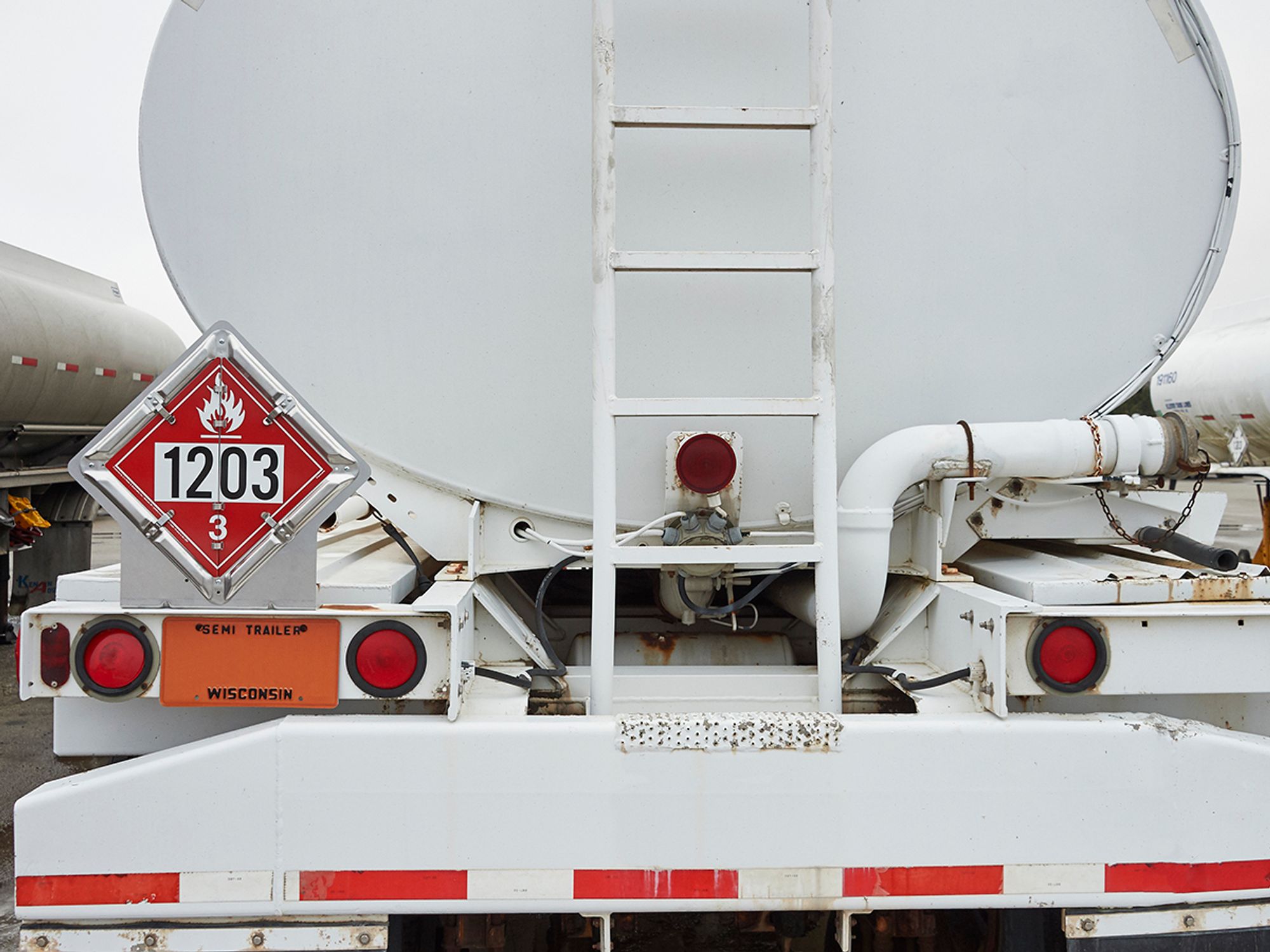Fuel hedging and bulk buying

- Bulk buying allows carriers to purchase fuel at one day’s price, but have it delivered later.
Fuel hedging is advance purchases of fuel via bulk buying or entering into contracts for fuel at a fixed price for future delivery. This is done to protect against the shock of anticipated increases in price. While extremely popular at one time, the use of hedging has decreased.
While not actually hedging, bulk buying is a similar concept. If the carrier has the storage capacity on site, the carrier can bulk buy and have the fuel delivered when the price is expected to rise. The carrier would then attempt to avoid purchasing fuel by using the cheaply purchased fuel until the price moderates.
Bulk buying can be done in several ways. First, the carrier can purchase the fuel and take delivery of it. Second, the carrier can purchase the fuel from a distributor, and have it stored at a storage location for a fee. From there, it can be delivered to specified locations as the carrier needs it.
When doing actual hedging, the carrier purchases “virtual fuel” or “paper fuel” at the day’s price. The distributor does not store the carrier’s actual fuel. When the carrier requests delivery, the fuel is taken out of the distributor’s existing stock and delivered to the specified locations at the agreed upon price.
The first option is most appropriate to carriers that have their own fueling facilities and the majority of the vehicles fuel at them. The final option may be attractive to fleets that operate over a wide area or do not have their own fueling facilities.
What differentiates hedging from bulk buying is with hedging, the carrier enters into a contract to have fuel delivered at a later date at an agreed-upon price. In bulk buying, the carrier takes delivery of the fuel at the market price the day of delivery.
